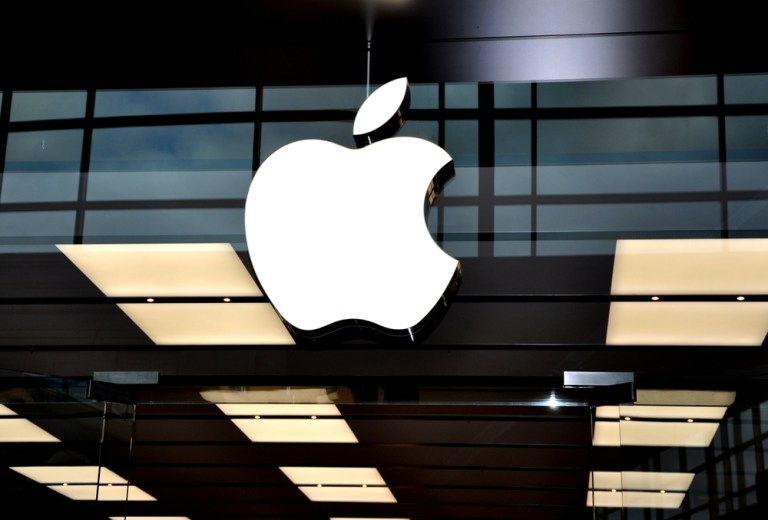Where does the time go? Next year marks the 10th anniversary of when the first-generation iPhone was released. And rumors allege that one of next year’s iPhone models could come with a thinner, curved screen (and not like when the iPhone 6 warped in users’ pockets).
Apple’s suppliers have reportedly said they have been asked to increase output of organic light emitting diode (OLED) displays and to submit prototypes of the new screens. More than 10 design prototypes are currently under consideration for 2017, also featuring a borderless, curved screen with larger displays.
An iPhone with an OLED screen may be debuted as one of several new models next year. The OLED model would cost consumers more, since the displays are more expensive to produce than standard iPhone screens.
Previous reports suggested that an OLED screen could also be featured on the yet-to-be-released iPhone 7s. However, others doubt the viability of producers to keep up with OLED demand until at least 2018, so the technology might be a luxury addition instead of a standard feature in 2017.
Still, experts expect the OLED market to see a steady rise in profitability in 2020, while LCD is forecasted to be on the outs. If not 2017, then surely soon after, iPhone users will be treated to what OLEDs can offer — a screen with darker blacks, a clearer image and lower power consumption.
Barclays analysts Christopher Hemmelgarn and Blayne Curtis wrote: “The iPhone 8 design didn’t sound 100 percent locked down, but we believe the move is to a bezel-less design with screen sizes getting larger and curved edges in the original envelope.”
Advertisement: Scroll to Continue
Apple is banking on the new designs to boost overall sales, especially in its smartphone sector. The latest iPhone sales forecast predicts that, overall, the iPhone 7 will continue to move downward in 2017, largely due to weak demand in China and a slow shipment volume of 4.7-inch iPhones in Q1 2017.




